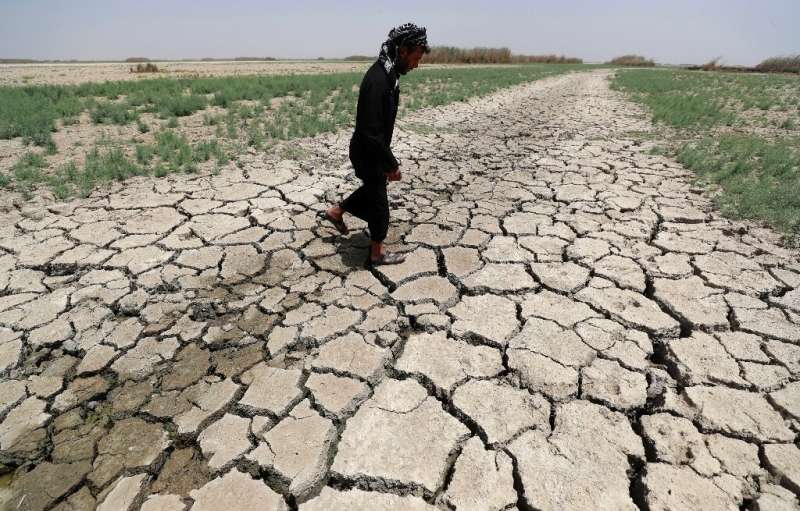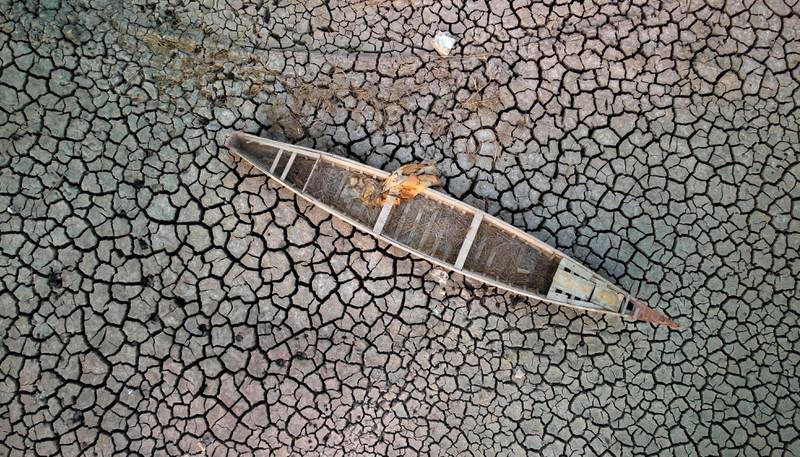A new study has found that heat-related deaths in the Middle East and North Africa (MENA) region could be 60 times higher by the end of the century. The study, published in the journal Nature Climate Change, warns that the increase in temperature caused by climate change. It could have deadly consequences for millions of people living in the region.

The MENA region is already one of the hottest and driest areas in the world. With average temperatures regularly exceeding 40 degrees Celsius during the summer months. According to the study, if global temperatures continue to rise at their current rate, the number of heat-related deaths in the region could increase from around 35,000 per year currently to over 2 million by the end of the century.
Catastrophic scenario
The study’s lead author, Professor Youssef Nassef from the American University in Cairo. Said that urgent action needed to prevent this “catastrophic scenario” from becoming a reality. “The MENA region is facing an unprecedented crisis. If we don’t take action now, we will see a staggering increase in heat-related deaths over the coming decades,” he said.
The study used computer models to simulate the impact of climate change on the MENA region’s climate and population. It found that even if global temperatures limited to a 2-degree Celsius increase, which is the target set by the Paris Climate Agreement. The number of heat-related deaths in the region will still increase by around 20 times.
Rapidly growing population
The study’s findings are particularly concerning given the region’s rapidly growing population, which expected to reach 750 million by 2050. Many of these people live in urban areas. Where the “urban heat island” effect can make temperatures even hotter than in rural areas.
The study’s authors recommend a range of measures to mitigate the impact of climate change on the MENA region. Including increasing access to air conditioning and other cooling technologies, improving urban planning to reduce the “urban heat island” effect. And implementing policies to reduce greenhouse gas emissions.
“This is not just an environmental problem, it is a humanitarian crisis,” said Professor Nassef. “We need to act now to prevent a catastrophic increase in heat-related deaths in the MENA region.”













